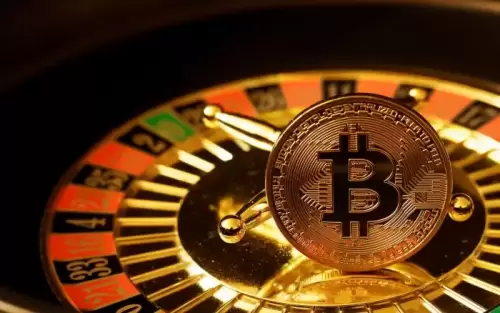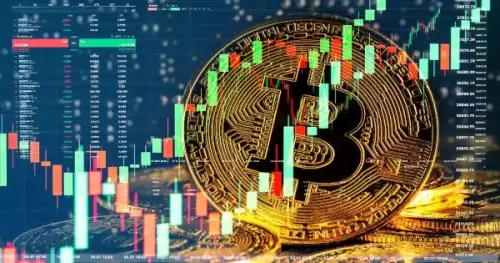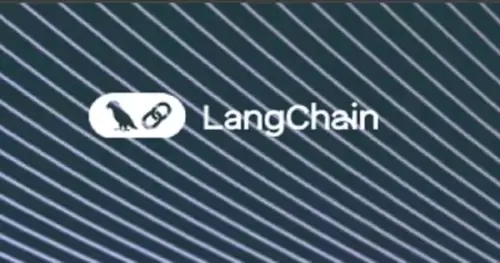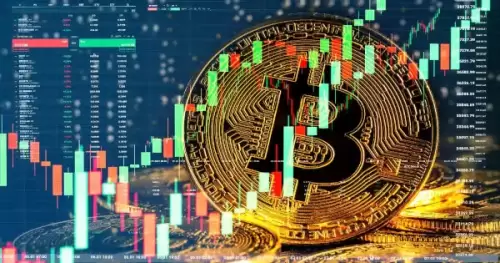 |
|
 |
|
 |
|
 |
|
 |
|
 |
|
 |
|
 |
|
 |
|
 |
|
 |
|
 |
|
 |
|
 |
|
 |
|
加密貨幣新聞文章
NFTs Explored: What They Are, How They Work, and Their Potential Real-World Use Cases
2025/05/14 06:15

Non-fungible tokens, or NFTs, quickly became one of the most important pillars of the crypto market in just a few years. They became the hottest new trend with massive multi-million dollar art sales, but they have expanded far beyond simple digital art since.
As blockchain technology matures and adoption grows, NFTs could prove to be essential tools for ownership, authentication, and digital commerce across countless industries. Whether it’s buying a house with a deed NFT, verifying your identity online, or trading rare in-game assets, NFTs are set to play an even greater role in the future’s digital economy.
What Is a Non-Fungible Token (NFT)?
Non-fungible tokens are unique digital assets stored on a blockchain, usually Ethereum or Solana. “Non-fungible” simply means that the asset is unique and can’t be directly replaced or exchanged for another asset. For example, a U.S. dollar is fungible because it can be easily replaced for another identical dollar. NFTs, on the other hand, are like original paintings or rare collectibles – such as one-of-one baseball cards – where each item is provably unique.
Even though NFTs have only been around for less than a decade, they have already had a major impact on both blockchain adoption and digital culture in general. To understand how we got here, it’s important to take a look back at where NFTs began.
A Brief History of NFTs
NFTs erupted into the mainstream in 2020 and 2021, but they had been around for many years by that point. Developers played around with tech similar to NFTs all the way back in 2012 and 2013. The first clear predecessor of NFTs, a project called Colored Coins, was launched in 2012. Colored Coins represented denominations of Bitcoin “colored” with a little bit of extra data (called metadata), allowing them to stand for real-world assets.
Bitcoin’s blockchain simply wasn’t built for this kind of utility, so Colored Coins didn’t gain much steam. The first collections of NFTs, as we know them today, were launched in 2017. Larva Labs, a fledgling company, launched CryptoPunks in June of that year. CryptoPunks are a collection of 10,000 unique (non-fungible) pixel art characters stored on the Ethereum blockchain.
Just a few months later, CryptoKitties, a collection of cat NFTs, launched and gained popularity quickly as it allowed users to collect and even breed their digital cats. It became so popular that it congested the Ethereum network, making transactions extraordinarily expensive and slow.
The tremendous success of CryptoPunks and CryptoKitties proved the value of unique, verifiable NFTs. Both collections are still remarkably popular (and expensive), even though the NFT market has fallen a long way from its peak. The two collections inspired other creators to launch over a hundred thousand NFT collections over the years. Many of these NFTs are similar, art-focused projects, but the technology has spread to countless industries including gaming, music, real estate, and sports collectibles.
How Do NFTs Work?
NFTs are powered by blockchain technology to verify ownership and ensure the non-fungibility (or uniqueness) of digital assets. When an NFT is minted, a new record is added to the blockchain, a kind of decentralized, tamper-proof ledger that anyone can view and use.
Each NFT is usually linked to a specific digital file like an image, GIF, video, or audio file using a smart contract. Smart contracts are lines of code that automatically execute when certain predetermined conditions are met. An NFT’s smart contract acts similarly to a house deed and a certificate of authenticity, linking the NFT to the creator and recording every transaction or transfer, ensuring the holder can prove ownership.
NFTs can be minted on many different blockchains, though most live on Ethereum, using the ERC-721 or ERC-1155 token standards (unlike ERC-20 tokens). Other popular blockchains for NFTs include Solana, Avalanche, Polygon, and even Bitcoin.
Are NFTs Profitable Anymore?
The NFT market experienced a massive boom in trading volume in 2020 and 2021, making countless NFT millionaires. However, NFT values crashed along with the rest of the crypto market after the collapse of Terra Luna. Plenty of NFT collections still hold substantial value, but almost every top collection is worth much less than it was during the peak.
Since 2022, NFT trading volume has fallen dramatically, and so has mainstream adoption. This has made it much more difficult to trade NFTs profitably, though it’s still possible. Even at its height, making a profit with NFTs was no easy feat, given their extreme volatility and short lifespans. Trading NFTs has always been incredibly risky due to the inherent volatility and low liquidity, and this likely won’t change soon.
How to Buy
免責聲明:info@kdj.com
所提供的資訊並非交易建議。 kDJ.com對任何基於本文提供的資訊進行的投資不承擔任何責任。加密貨幣波動性較大,建議您充分研究後謹慎投資!
如果您認為本網站使用的內容侵犯了您的版權,請立即聯絡我們(info@kdj.com),我們將及時刪除。
-

-

- 比特幣的加密貨幣上升:這只是熱身嗎?
- 2025-08-02 01:58:57
- 比特幣最近的激增者的分析師嗡嗡作響。這是暫時的碎片,還是我們在大加密升級的風口浪尖上?深入研究關鍵趨勢和見解。
-

-

- 比特幣,加密貨幣,賭博網站:2025年最熱門的趨勢以及在哪裡下注
- 2025-08-02 01:40:38
- 潛入比特幣和加密賭博網站的世界。發現頂級平台,趨勢和見解,塑造了2025年在線博彩的未來。
-

- ftx令牌的野外騎行:ftt下降到債權人還款嗡嗡聲中
- 2025-08-02 00:05:56
- 在FTX的還款計劃驅動的激增之後,FTT將盈利付費。支持持有,還是有更多的缺點?讓我們分解。
-

- 導航加密市場:比特幣,交易者體驗並避免噪音
- 2025-08-02 00:05:14
- 解碼加密市場:比特幣的影響力,交易者見解以及如何避免社交媒體陷阱以進行智能投資。
-

- 深度代理,AI任務管理和進化AI:一個新時代?
- 2025-08-02 00:04:55
- 潛入深層代理商的世界,並發現他們如何使用Claude Code和Manus等工具徹底改變AI任務管理。
-

- 壓力下的AAVE價格:技術指標指向看跌勢頭
- 2025-08-02 00:04:41
- Aave Price面臨看跌的逆風,儘管技術指標的領導才能進一步信號。反彈是否可能,還是支持水平破裂?
-






























































